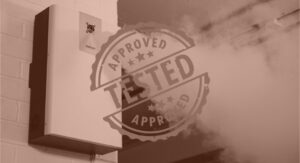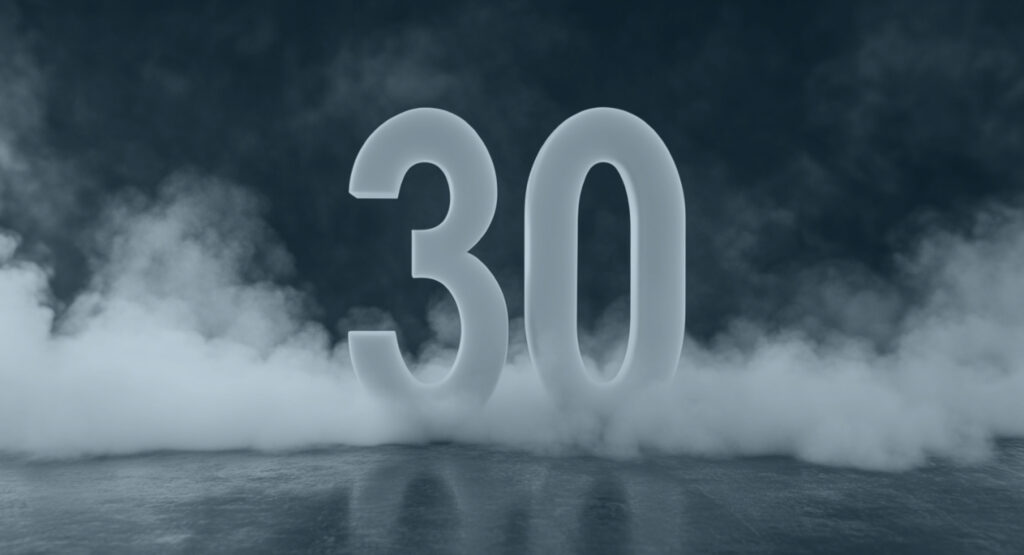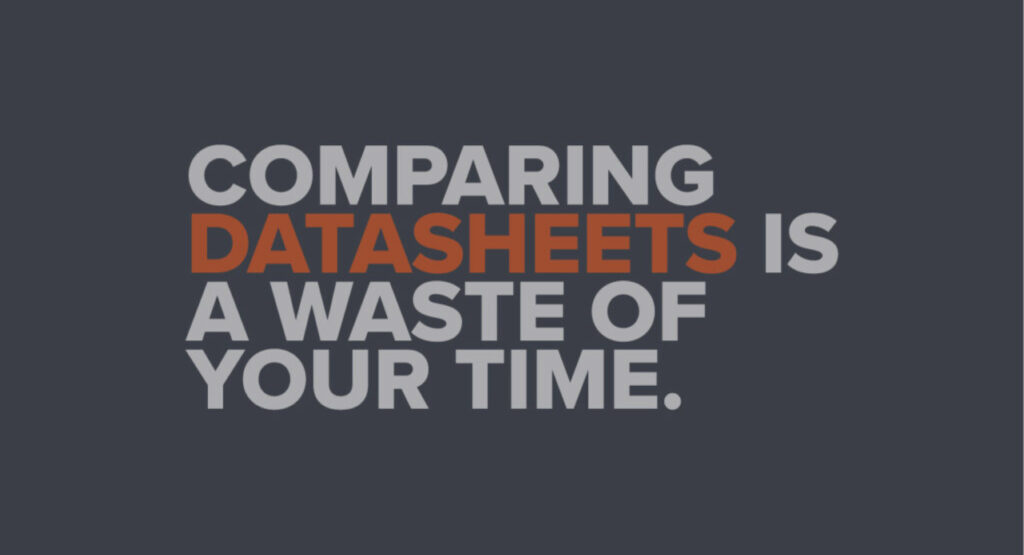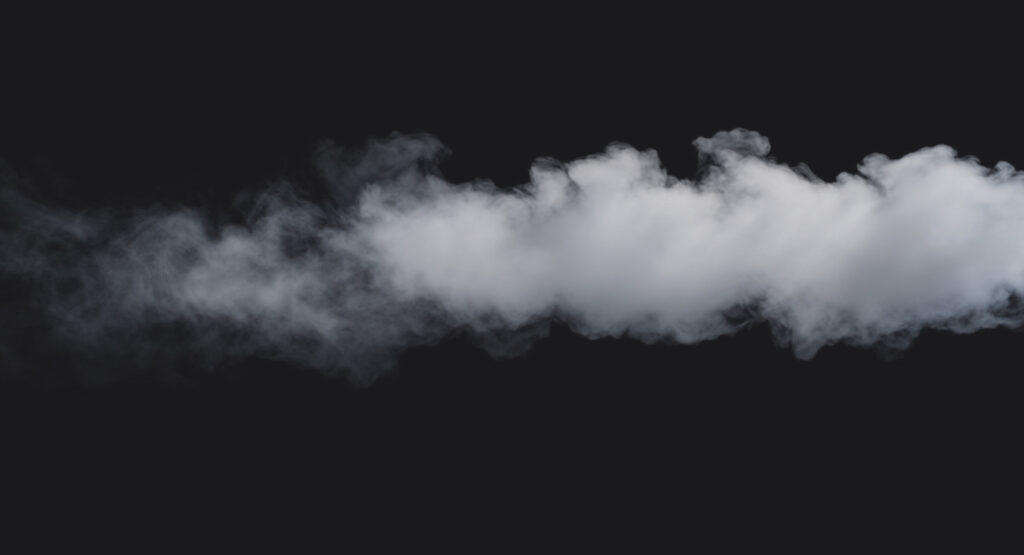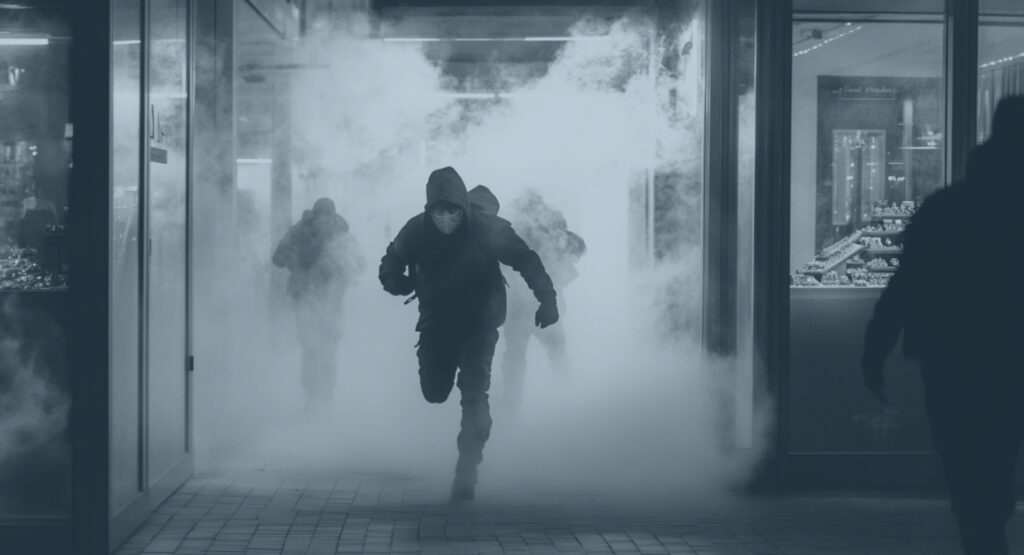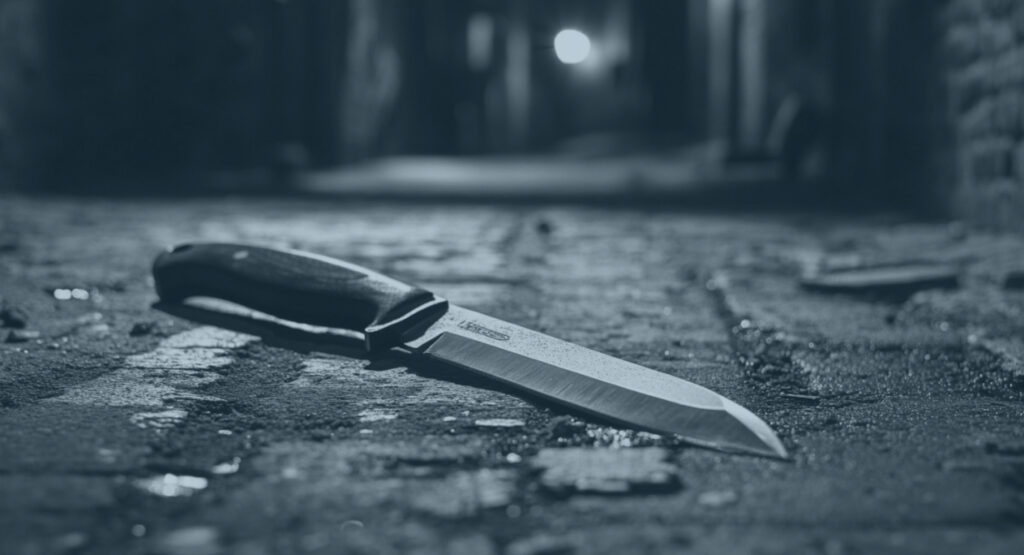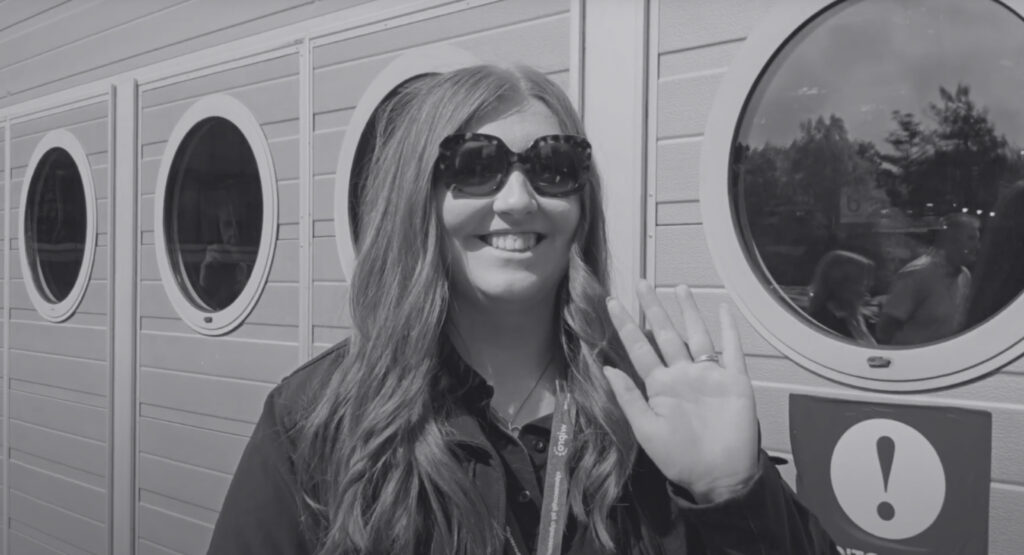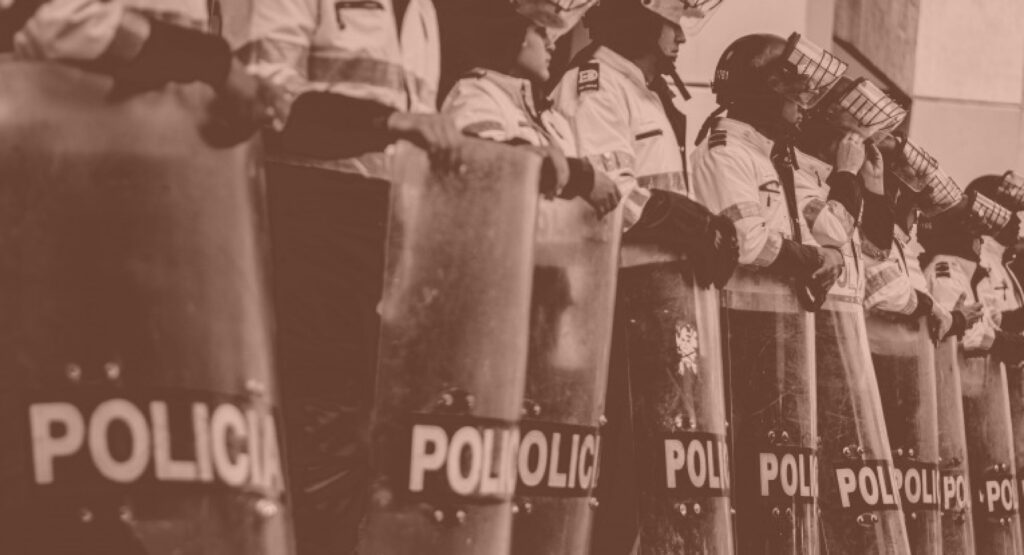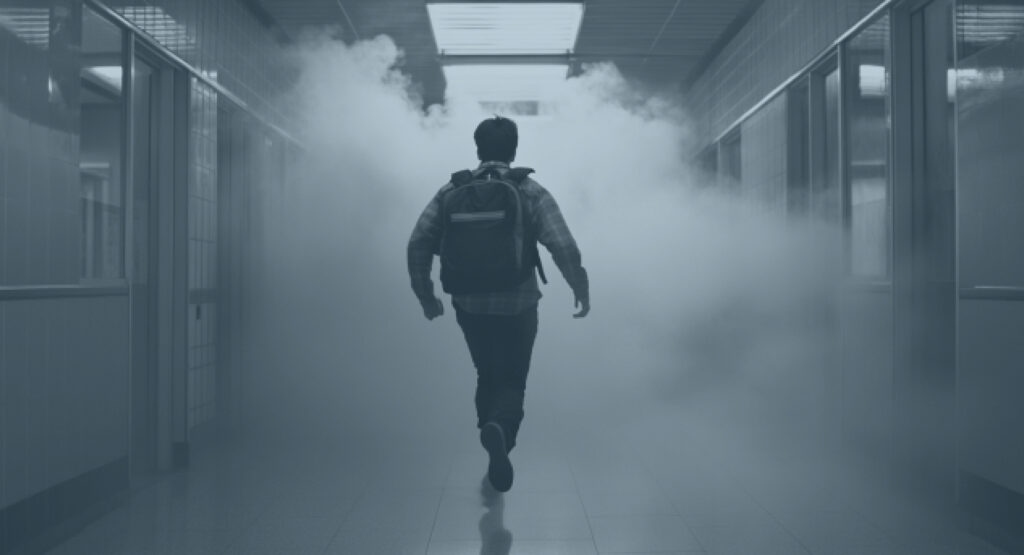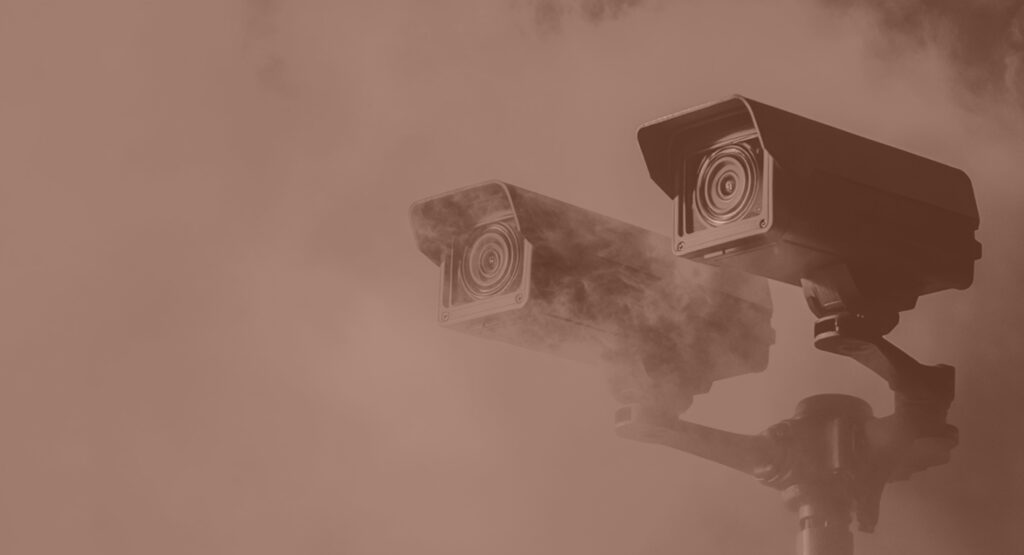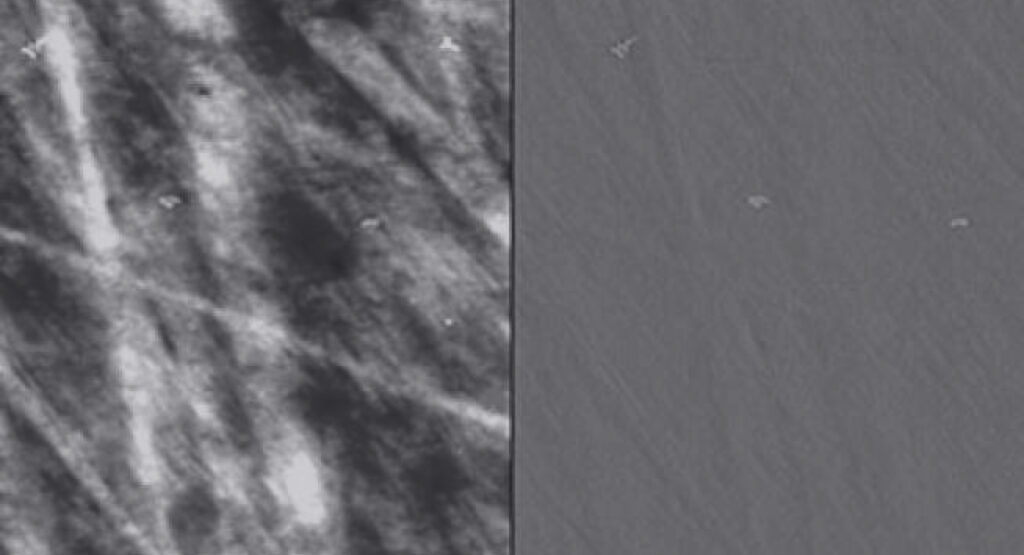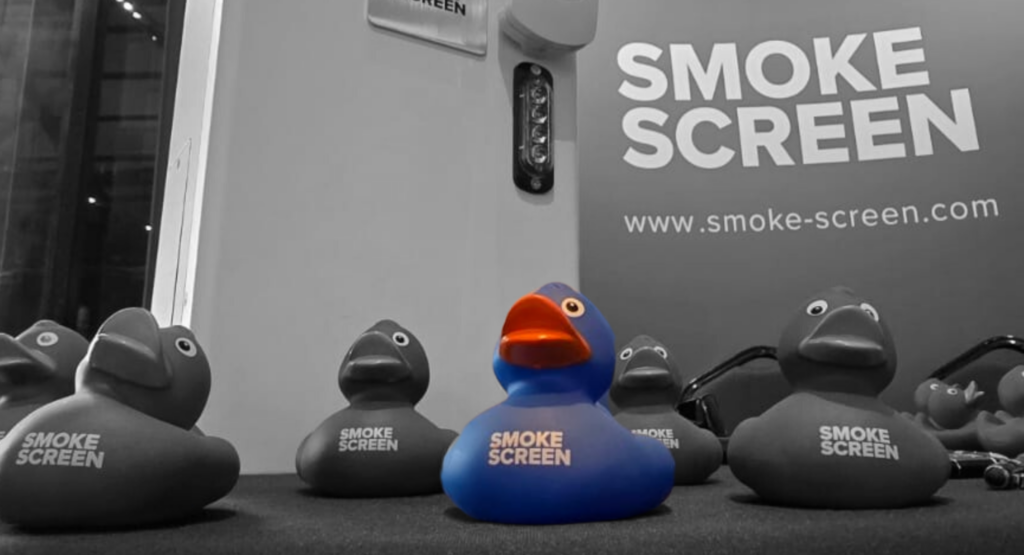In the past, it was normal for individual countries to formulate their own rules and regulations to govern the way that things are designed, manufactured and used.However, as trade across national borders grew so did demand for a harmonised set of standards that would replace domestic regulation. These standards are known as ‘EN’ or ‘European Norms’. They provide a basis for mutual understanding among individuals, businesses, public authorities and other types of organisations. Most importantly, they help to ensure compatibility of different components, services and products.Currently there are three recognised European Standards Organisations: CEN (Comité Européen de Normalisation), ETSI (European Telecommunications Standards Institute) and CENELEC (Comité Européen de Normalisation Electrotechnique). Each has a nexus of experts and administrators who work together to produce the standards.
Let’s single out the Alarm Systems suite of standards and examine what goes into producing them.Alarm Systems fall under the remit of CENELEC. To facilitate the preparation of the various standards CLC/TC 79 (CENELEC/Technical Committee) was formed under the UK secretariat (administered by the UK’s BSI – British Standards Institute). The committee is comprised of representatives of the secretariat and the convenors of the Working Groups. The Working Groups are unpaid, individual experts appointed by a parent body or national committee to serve in a personal capacity, lending their experience and knowledge to prepare and review relevant standards.So, having mastered the baffling collection of acronyms that appear to dominate the world of standards, let’s drill down to our specific area of interest. We’ll start with BS EN 50131-1 which comes with the title ‘Alarm systems – Intrusion and hold-up’. First published in 1997, it introduced a method of security system grading, and described alarm system requirements that remain largely unchanged to this day. This standard forms the backbone of the 50131 suite of standards.
The standard known as BS EN 50131-8 – or to give it its formal title, ‘Alarm systems – Intrusion and hold-up systems – Security fog devices’ – essentially specifies the requirements for security fog systems as a part of an I&HAS (Intruder and Hold-up Alarm System).It also covers application and performance, and puts in place the necessary tests and trials to ensure efficiency and reliability of such obscuration devices. The standard also provides guidance on the criteria for design, installation, operation and maintenance of security fog systems.Smoke Screen is heavily invested in the preparation and review of security-related standards. Our MD, Matt Gilmartin, and Trevor Dunnington are the UK-appointed experts on WG10 (Working Group 10) while Carl Gibbard is the current Convenor. Carl also sits on a number of related committees formed by BSI and the BSIA (British Security Industry Association).Standards are important for providing manufacturers with design and manufacturing criteria, and users with the ability to assess competing products on an even playing field. Above all, they maintain public safety. As experts in this field, our Smoke Screens lead the industry in safe, accredited and cutting edge security fog technology. Learn more about our industry-leading security technology.
